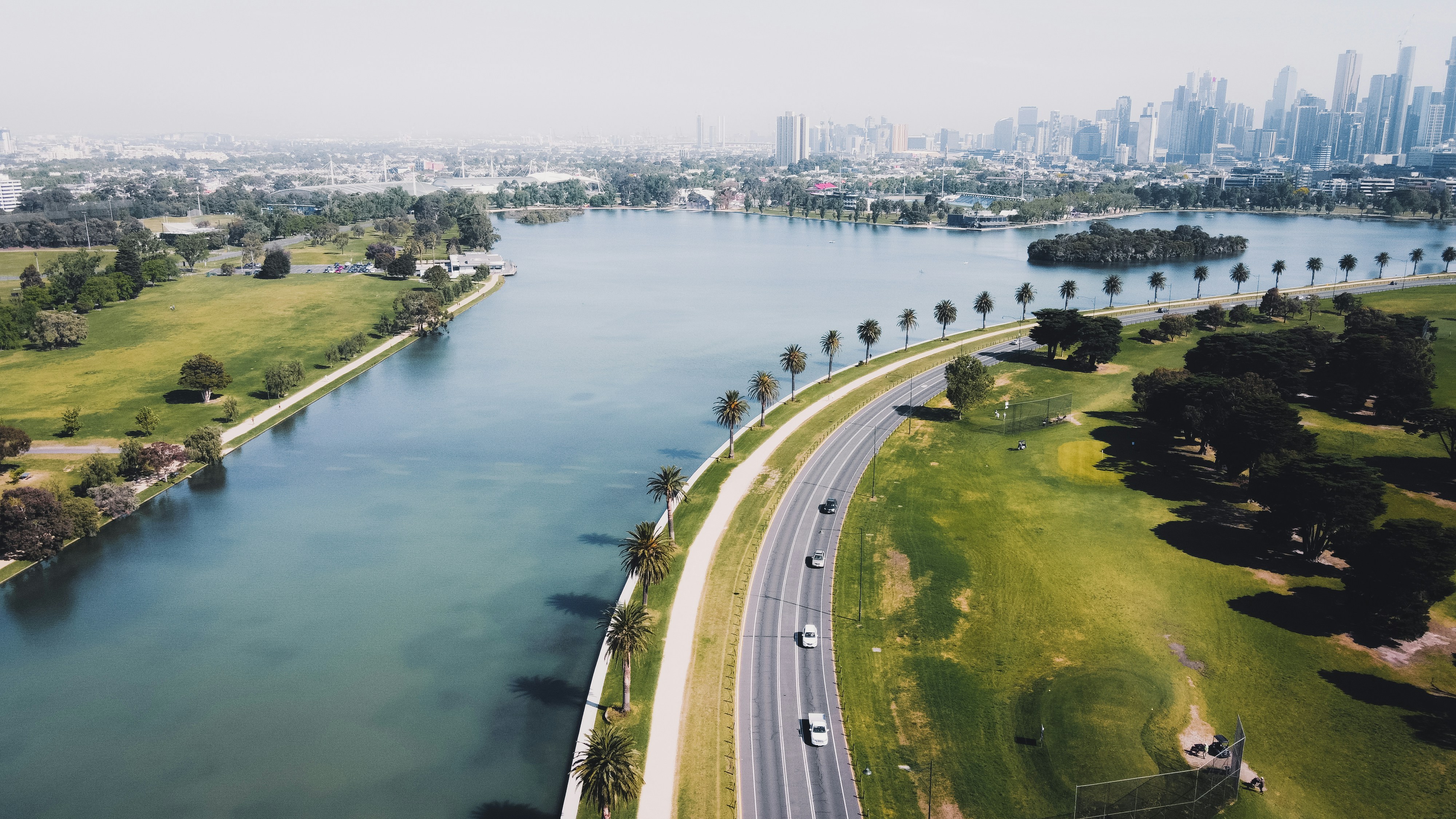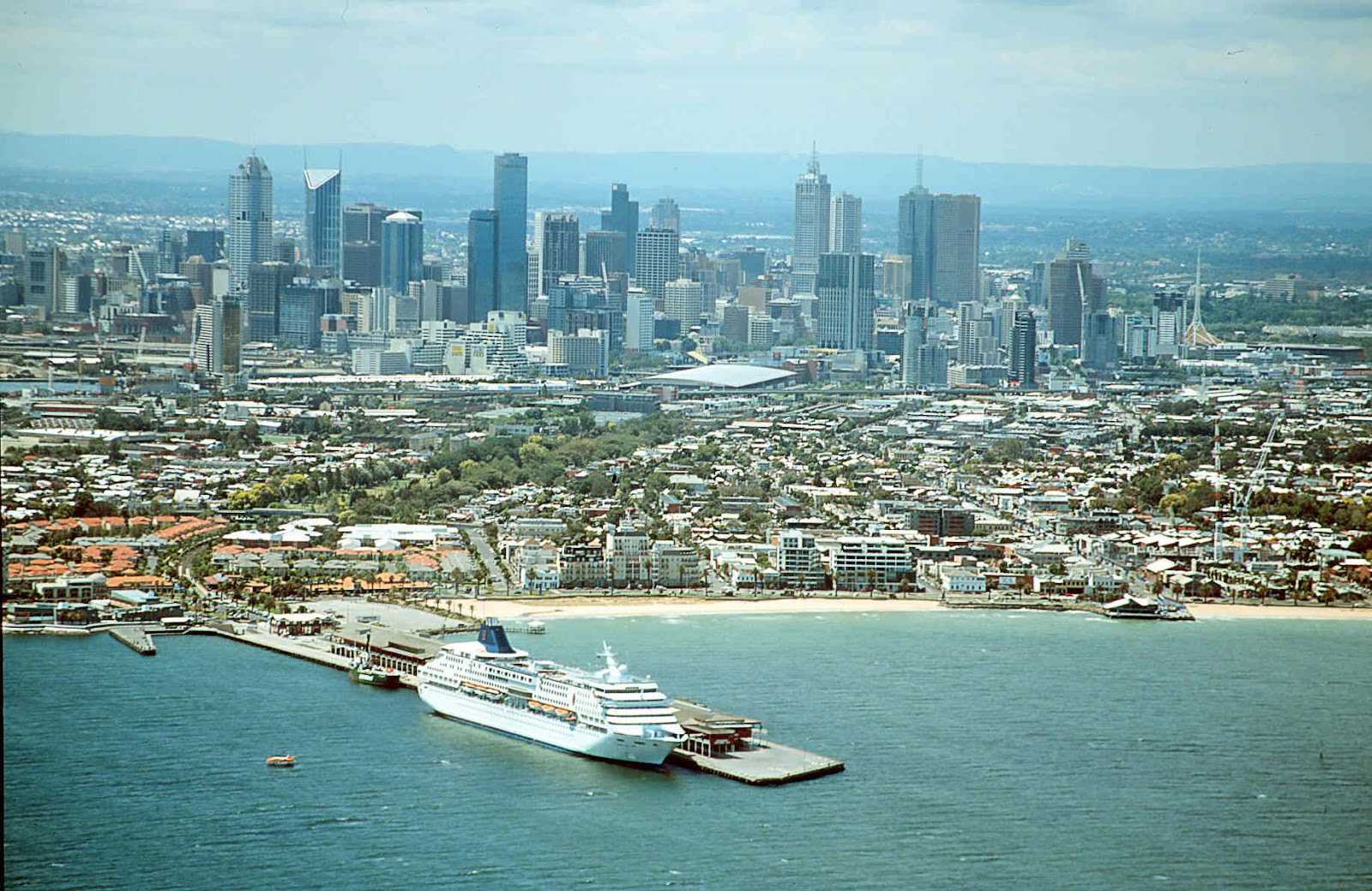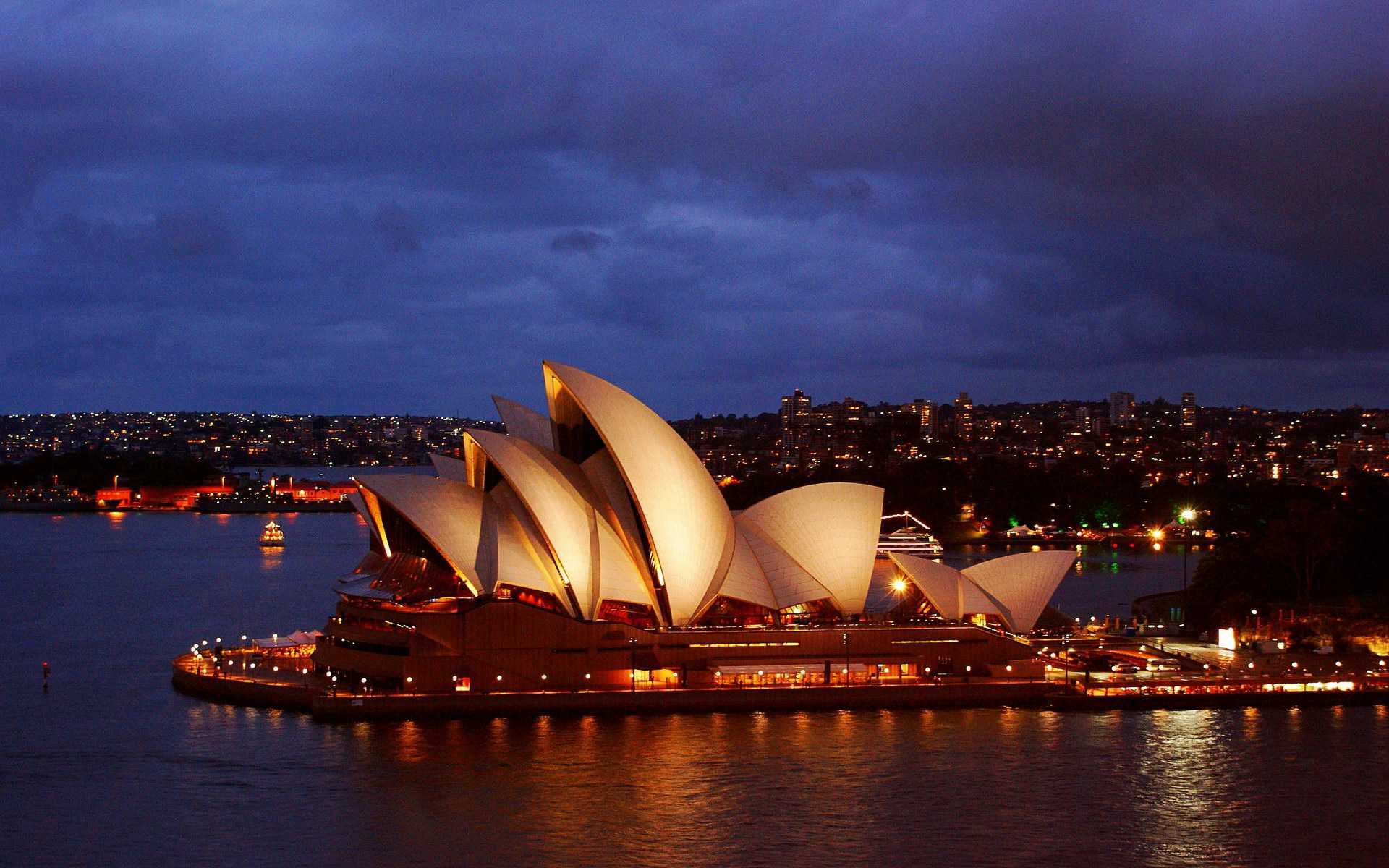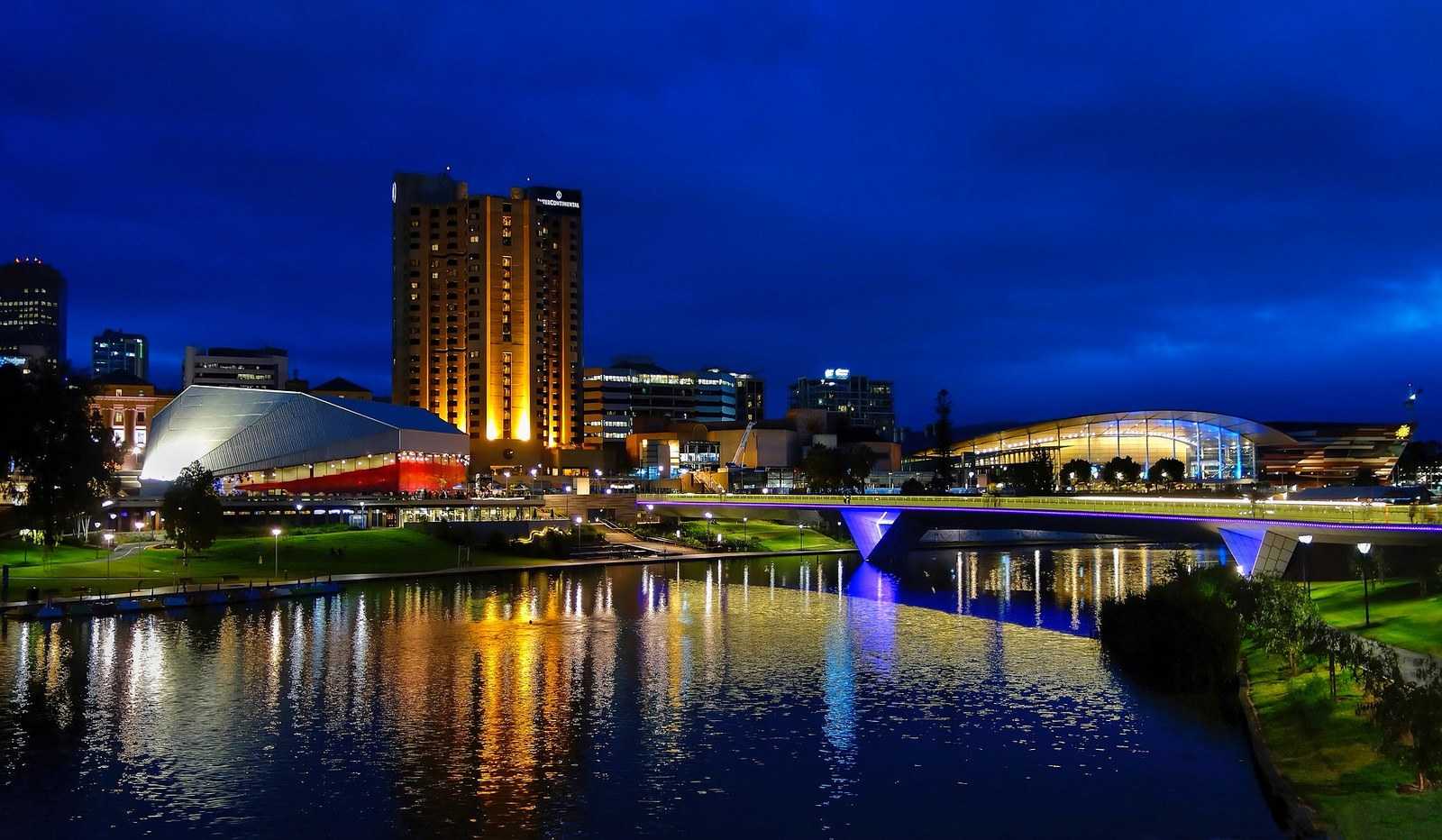Port Jackson has consistently been key to the lives of the people of Sydney – from the main occupants, the Gadigal individuals, who had since quite a while ago took over the territory; to the principal European pioneers, showing up by boat; and the present clamouring hordes of inhabitants, visitors, and labourers.
It’s not really astonishing that the Harbor (otherwise called Port Jackson) and its environs have seen emotional changes, beginning with the removal of the first Aboriginal occupants, at that point a past filled with private and business advancement, fisheries, transportation and exchange, and a wide range of industry from salt creation to whaling and substance make occurring on its shores.

Today, the famous Harbor Bridge and Opera House rule Australia’s as of late pronounced sixteenth National Landscape, and 90% of the catchment foreshore has been completely evolved.
In spite of the fact that it’s the busiest port in the nation, what lies beneath the water’s surface is minimally known among Sydneysiders. We realize Sydney Harbor has a bigger number of animal categories than some other harbour, yet exactly what number of is an inquiry that interests sea life researchers at the Australian Museum. So we chose to discover.
The principal port of call for such an inquiry is the Museum’s own assortment database. It’s a priceless logical and authentic standard for examining biodiversity, with records going back to 1850. Each record identifies with an example, and every example has a name with the date and area of its assortment, among other helpful data.
Utilizing this information, we mapped the circulations of five significant marine creature bunches in the Harbor – angles, shellfish, polychaetes, molluscs, and echinoderms – and inspected the authentic patterns of their disclosure.

Altogether, we have archived a shocking 3000 marine species in the Harbor, which is a few times more noteworthy than neighbouring Botany Bay, Port Hacking, or the Hawkesbury River. What’s more, obviously this figure does exclude the numerous feathered creatures (counting penguins), marine warm-blooded creatures (whales, seals, and dolphins), turtles, and numerous invertebrate gatherings (particularly wipes and corals) that additionally possess or visit its waters.
Mollusks extensively incorporate slugs and snails, mussels and shellfishes, and squids and octopuses. They go in size from little small scale molluscs of only a millimetre or two in size to a lot bigger animals, similar to the normal Sydney Octopus, up to 60 centimetres long. Like shellfish, a few molluscs live in a wide range of environments including new, harsh, and salty water.
Of the creatures analyzed in the investigation, molluscs include the best number of species in Sydney Harbor, with 1339 species from 224 families recorded since 1860. Numerous new mollusc species were first depicted from examples gathered in and around the Harbor, and assorted variety is most prominent in the northern and eastern (toward the ocean most) territories.

We discovered ‘tops’ after some time in the number of species reported that compare to the engaged research and assortment exercises of different Museum custodians, most as of late Drs Bill Rudman and Winston Ponder, or to the procurement of enormous gifts of molluscs (primarily shells) by novice and expert gatherers. Nonetheless, the Museum at present has no analysts exploring marine shelled molluscs, regardless of this gathering being among the biggest in the Museum’s normal history assortments.
Fishes are the absolute generally natural and famous creatures of Sydney Harbor. Species, for example, the Common Sea-mythical beast and the Eastern Blue Groper (the fish symbol for New South Wales) are notable, yet various enigmatic species and transients, for example, tropical adolescents in some cases call the Harbor home.
Archaeological records show that individuals have looked at the Harbor for a large number of years. In the two centuries since European settlement, you may feel that we would now thoroughly understand its fish fauna. For reasons unknown, we don’t. New records are as yet found and in some cases new species found.
Sydney Harbor has a rich fish fauna, with 588 types of fishes from 160 families recorded – more than the 540 species known to happen in the whole Mediterranean Sea. We expect this number will keep on climbing.
The Museum’s soonest fish records date from 1878, when 15 examples (speaking to 11 species) were gathered. We have in excess of 4300 records of fishes in the Australian Museum database. Fishes are found in every aspect of the Harbor however are generally various in the eastern locale.
The gathering has been fitful since 1878, with the intermittent large hop in the number of species known, most as of late during the 1970s and relating to the work of two new Museum ichthyologists, Drs John Paxton and Doug Hoese. As of now, scuba plunging turned out to be generally utilized and the recently utilized analysts began projects of Harbor-centered research.
Shellfish incorporate the natural Blue Swimmer, Mud Crab, Eastern Rock Lobster, and School Prawn, just as the less recognizable yet increasingly various isopods and amphipods. Up until now, we’ve recorded 672 types of scavenger in 163 families in the Harbor. They live in a wide range of territory – mangrove muds in the upper scopes, weedy wharf pilings, sandy seashores, and wave-washed rocks of the Harbor mouth. Generally speaking, scavengers can be versatile despite changing water salinities. Most scavengers live in eastern Harbor where the water quality is ideal.
At the point when the historical backdrop of their revelation is thought of, plainly the quantity of new species has developed in steps following the arrangement of each new scavenger scientist. The ebb and flow inquire about researchers are Drs Shane Ahyong and Jim Lowry.
Echinoderms, which incorporate ocean urchins, ocean stars, and ocean cucumbers, can be exceptionally basic on rough reefs and among the kelp. In any event, 118 species in 45 groups of echinoderms live in the Harbor. In contrast to the shellfish, most echinoderms can’t adapt to fluctuating saltiness, so practically all records are from the Eastern Harbor.

Similarly, as with the Crustacea, the pace of revelation follows a stepwise example, with the biggest hop in the late 1960s to 1970s after the development of the Museum’s exploration staff, among them echinoderm pro Dr Frank Rowe.
Pick your favourite Australia travel package and get it customised as per your needs. You can also craft your own itinerary on Pickyoutrail.com. Happy planning!
Explore Our Best-Selling Australia Tour Packages
Australia Honeymoon Packages | Australia Family Trip Packages | Australia Beach Tour Packages | Australia Adventure Tour
Explore Other Useful Articles Related to Sydney
Best Theme Parks in Sydney | Magnificent Castles in Sydney | Day Trips from Sydney | Hot Springs in Sydney | Sydney Sealife Aquarium
Related Itineraries

Mesmerising 8 Nights Australia Package for Couples
- Flights excluded
- 5 star accommodations
- 4 activities
- Shared transfer
₹ 91,815
Starting price/person

Scenic 9 Days Australia Tour Package from India
- Flights excluded
- 3 star accommodations
- 6 activities
- Shared transfer
₹ 1,91,702
Starting price/person

An ideal 12 night Bali + Australia itinerary for a Honeymoon getaway
- Flights excluded
- 3 star accommodations
- 10 activities
- Shared transfer
₹ 1,22,904
Starting price/person

Magical Whale Watching Australian Tour Package
- Flights excluded
- 3.5 star accommodations
- 5 activities
- Shared transfer
₹ 93,200
Starting price/person

Heavenly 9 Nights Australia Trip with Wine Tours and River Cruise
- Flights excluded
- 5 star accommodations
- 8 activities
- Shared transfer
₹ 1,40,665
Starting price/person

Thrilling 9 Nights Australian Package with Bungy Jump
- Flights excluded
- 3.5 star accommodations
- 8 activities
- Shared transfer
₹ 1,62,483
Starting price/person

Exotic 9 Nights Package with Great Barrier Reef Experience
- Flights excluded
- 3.5 star accommodations
- 9 activities
- Shared transfer
₹ 1,45,026
Starting price/person

Adventurous 10D/9N Gold Coast Australian Tour Package
- Flights excluded
- 3.5 star accommodations
- 10 activities
- Shared transfer
₹ 1,63,825
Starting price/person

Perfect 7 Day Australia Trip for Families
- Flights excluded
- 4.5 star accommodations
- 7 activities
- Shared transfer
₹ 1,07,225
Starting price/person

9 Nights Exotic Australian Holiday Package
- Flights excluded
- 4 star accommodations
- 7 activities
- Shared transfer
₹ 1,17,442
Starting price/person



